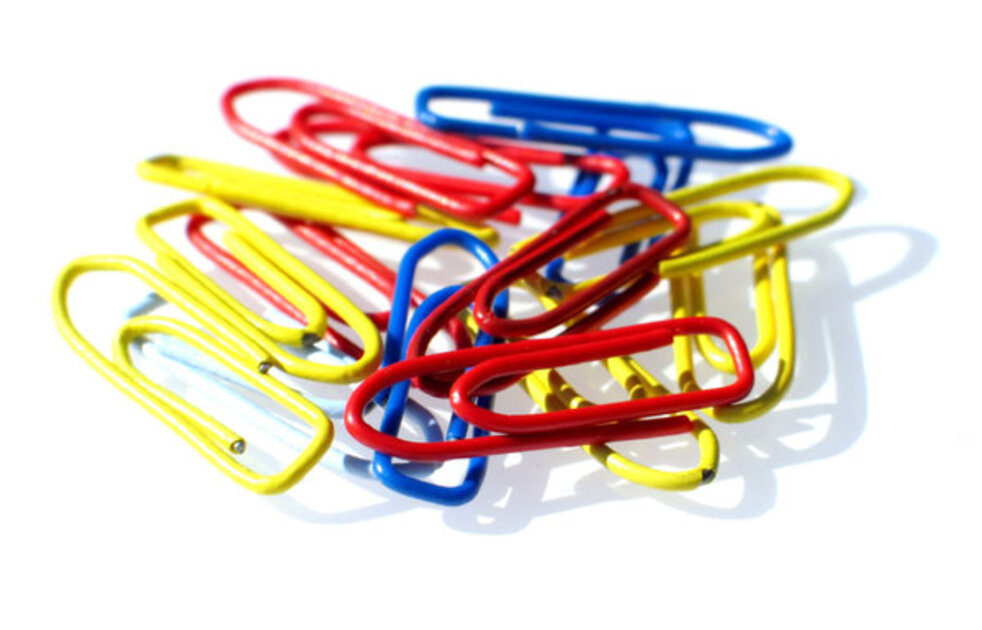
Our Gemara on Amud Beis describes the properties of the cloak and table of the Torah sage:
Rabbi Yoḥanan asked Rabbi Bena’a: How should the garment of a Torah scholar worn under his clothes be fashioned? He replied: He can wear any garment long enough that his flesh is not visible from beneath it. Rabbi Yoḥanan asked: How should the cloak of a Torah scholar be fashioned? He replied: He can wear any garment long enough that a handbreadth (tefach) of his garment worn under his clothes is not visible from beneath it. Rabbi Yoḥanan asked: How should the table of a Torah scholar appear? He replied: Two-thirds of the table is covered with a cloth, and one-third is uncovered, and upon that third are dishes and vegetables. And its ring, used to hang the table, should be positioned on the outside, not on the side that faces the one who is eating.
The Gemara asks: But isn’t it taught in a baraisa that its ring should be positioned on the inside? The Gemara answers: This is not difficult. This baraisa, which states that its ring should be positioned on the outside, is referring to a case where there is a child who may play with the ring and overturn the table, while that baraisa, which states that its ring should be positioned on the inside, is referring to a case where there is no child (yenuka) present.
And if you wish, say instead that both this and that refer to a case where there is no child present, and this is not difficult: This baraisa, which states that its ring should be positioned on the inside, is referring to a case where there is an attendant (shama’ah) who may bump into the ring, while that baraisa, which states that its ring should be positioned on the outside, is referring to a case where there is no attendant.
And if you wish, say instead that both this and that refer to a case where there is an attendant, and this is not difficult: This baraisa, which states that its ring should be positioned on the outside, is referring to when the meal is eaten during the day, when the attendant can see the ring and avoid it, while that baraisa, which states that its ring should be positioned on the inside, is referring to when the meal is eaten during the night.
The Malbim, in his Sefer Eretz Chemda (Kedoshim 8), explains this entire piece allegorically:
A person weaves a cloak for his soul which he will wear in the World to Come out of the mitzvos he performs in this world. There are numerous teachings that speak of the dangers of ignoring the minor sins, which are described as either the hem or the heel. For example see Rashi Devarim 7:12 and the manner that he interprets Eicha 1:9: “Her uncleanness clings to her hem; She gave no thought to her future.” As if to say, “She allows the small sins to begin at the edge of awareness or transgression, giving no thought to the future, how the sins will spread.” Elsewhere, the Gemara (Chulin 123b) indicates that the amount of Material required on the edge in order for there to be a sufficient ability to grasp an item, is a hand breadth (tefach).
The Tzaddik who is weaving the cloak for his soul during his mission here on earth must still engage in physical activities. However, as in the allegorical language of our Gemara, “A garment long enough that a handbreadth (tefach) is not visible from beneath it.” That is to say, his soul does not get engaged too deeply in this world, so as not to allow the evil inclination to get a “handhold“ on his heart and actions. A similar idea is being expressed symbolically with the table. The table, which represents physical and spiritual sustenance, is divided into three parts, of which 1/3 is revealed. Each third represents an eight hour shift of the day. One shift of eight hours represents physical sustenance, which is eating and sleeping. Another eight hour shift represents spiritual sustenance such as learning Torah and prayer. The final third, is engaging in the world and earning a livelihood. The first 2/3 remain covered because they are private personal affairs. The last third of the table in the allegory is uncovered, as this
indicates that when it comes to being engaged in commerce and business, more assertiveness less modesty and privacy is required.
The allegory continues to discuss the positioning of the ring that is used to hang the table when being stored. Is the ring facing outward while dining, or inward? The Gemara makes a number of distinctions between either having children (yenuka) at the table or not (who, sitting next to their father, would grab the ring, and therefore better to have the ring facing outward,) or if he has a servant at the table, or if it is daytime or nighttime (at night, the ring should be turned inward so that nobody bumps into it without seeing it.) Eretz Chemda translates the word ring in this allegory as the impression that the tzaddik makes on others (ring, impression and coin all come from the same Hebrew root T-B-A). When there are people who are hungry to learn Torah (children) or other favorable conditions, then the ring the impression is facing out, that is he engages, teaches and even rebukes. However, during dark times when he senses there’s no receptivity, he turns his studies and spiritual pursuits inwards.
I will add two more symbolic elements that are in this allegory, which the Eretz Chemda did not mention explicitly. The ring, which either faces outward or inward, represents whether the Tzaddik feels that the people and conditions are receptive. In the plain meaning of the allegory it functions as a handle to hold and store the table, such as by hanging it on the wall. Perhaps, the Torah is not just something that the people receive from the sage, but they need to actively grab a hold of it. Also, in the plain meaning of the allegory children ane servants are mentioned. That part of the allegory can still be literal in a sense that though the Tzaddik may ordinarily direct his energies and attention toward teaching to the public, if he has family members such as children and even employees, the ring should face inward. That is to say, his efforts and teaching should be directed towards his household members, and they should not be neglected by his personal studies.
Translations Courtesy of Sefaria, except when, sometimes, I disagree with the translation ![]()
Do you like what you see? Please subscribe and also forward any articles you enjoy to your friends, (enemies too, why not?)
 Previous
Previous

